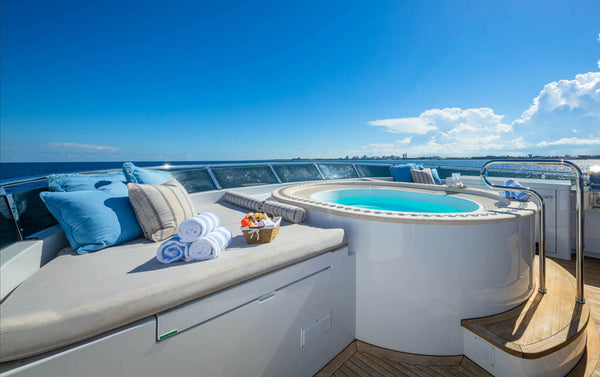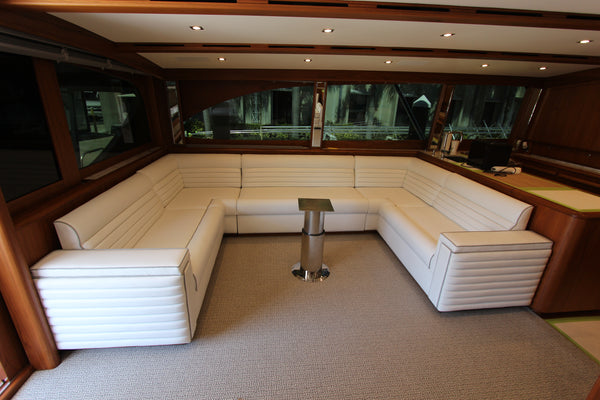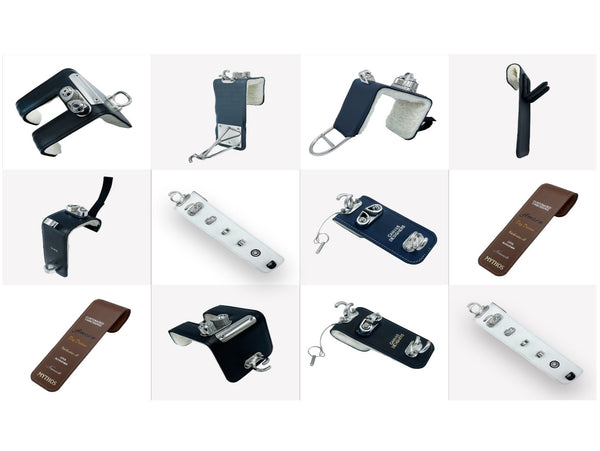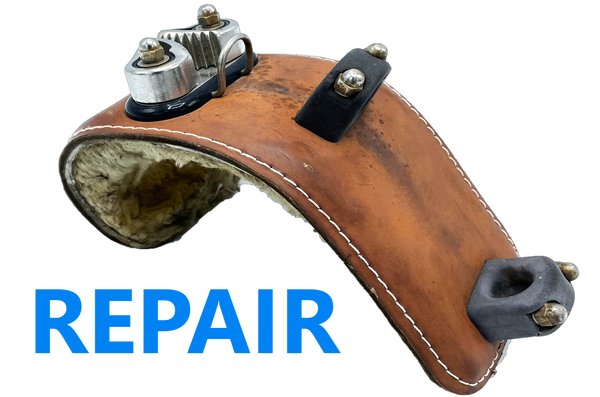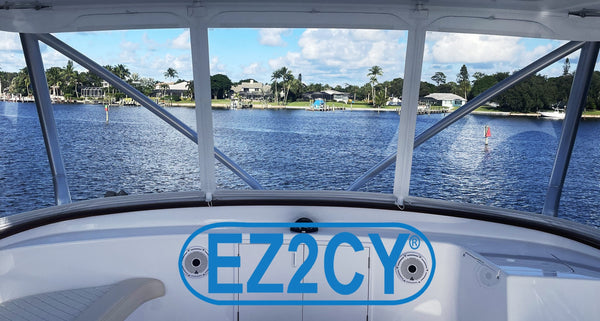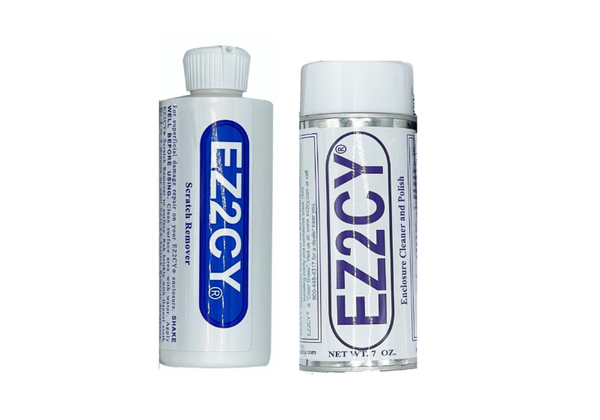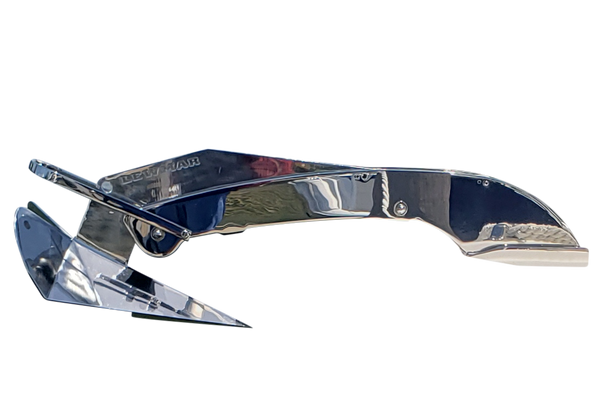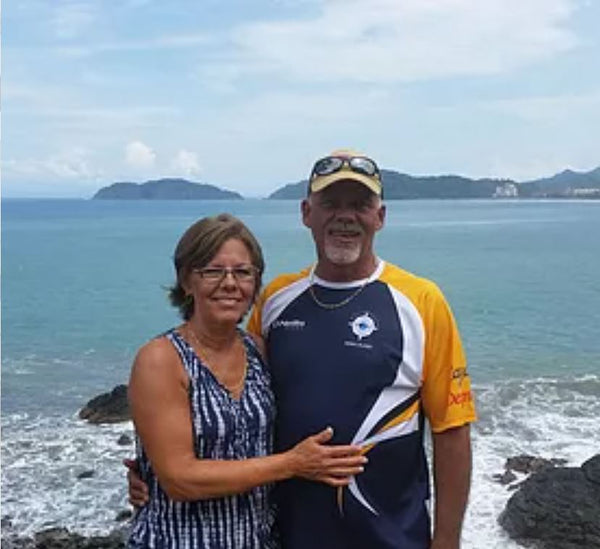Before you buy ezc2y enclosure
Purchasing an Enclosure
This article addresses the multitude of factors that are involved in purchasing a high quality enclosure. Doing some research and planning before having your enclosure installed can save huge amounts of time and hassle down the road. This article is also available in two formats: online and printable. You can directly access and view the online version by clicking on the menu buttons above.
Introduction
An enclosure for any boat is a very expensive item and great care should be taken to get good value. But what is value in the world of enclosures? Value means a lot more than lowest price here!
Let's start by defining the function of an enclosure. An enclosure's purpose is to protect the occupants and a portion of the boat from the elements while maintaining the ability to see out.
When determining value you should first list your objectives and weigh them against cost. You may be able to cover your entire bridge with a blue poly/tarp for $40.00. You just achieved one objective, protection from the elements. However you did not maintain visibility, thus your $40.00 was thrown away. So you spend $40,000.00 to completely enclose your bridge in glass. Your objective of protection from the elements has been met and you have the ability to see out. Now it gets complicated. You take the boat out on a run and find it now handles like a Yugo instead of the Ferrari you had, because it's top heavy.
Before You Purchase
Many people do not realize how many objectives they really want to accomplish until they have had the enclosure installed or they sit down and list them out. Listing them out beforehand would be prudent. Being in the business may make our list longer than normal, but you may want to look at it and see if your objectives are similar.
Having a new half-tower built gave me a rare opportunity to have things done to accomplish my objectives. If the boat already had a half-tower I might have felt obligated (for the sake of my wallet) to build the enclosure for the existing tower, rather than for myself. I had been on many boats and noted my pet peeves. When running a friends boat, I'd say to myself "It sure would be nice if that corner zipper wasn't blocking my view." and I would jot it down so that when I got my next boat, things could be my way.
Design
Objective 1: Make the enclosure as "clean" as possible.
Explanation: To me, when something is "clean", it means that you don't even realize that it is there. I don't want blue canvas on my enclosure. I have boot stripes and teak trim for that sort of thing. I prefer the bridge to look naked. To me, this retains the lines of the boat rather than draw attention to vertical zipper lines.
Solution: White trim. Stamoid matches the paint on my boat and is used in top notch enclosures. By not drawing attention, it virtually disappears.
Visibility
Objective 2a: Maximize visibility.
Explanation: I have been on so many boats where the vertical zipper interfered with my sight. If the vertical zipper were moved 2" to the left it would hide the antenna. If both are in line you gain that much more visibility!
Solution: I planned where I wanted the antenna and coordinated the zipper placement with them and the pipework. I also made sure that when the half-tower was built no pipe would be directly in the corner. The corner zipper problem was eliminated by a bent panel in the corner.
Objective 2b: Again, maximize visibility.
Explanation: I have been on boats where the venturi that comes with the boat should be removed to improve visibility. The top of it was right where I needed to see.
Solution: I carefully evaluated this for my boat and concluded that my line of sight was not obstructed by the venturi. If the venturi were a problem, I would either cut it down enough to not obstruct visibility or I would remove it!
Quality
Objective 3: Quality!
Explanation: I have worked all of my life to be able to have the quality of boat I now own. At this point in life I would not purchase a suit that did not have a lining with all edges turned and finished and I certainly do not want to top off my pride and joy with any less.
Solution: An enclosure that is turned and finished inside and out with no raw edges to unravel and reek of poor quality.
Ventilation 1
Objective 4: Ventilation, without a hurricane.
Explanation: I want some air moving around me even on cool days, but I don't want it blowing in my face.
Solution: V shaped panels adjacent to the front center panel allow for opening while leaving center closed. This design allows air flow without blasting me out. Additionally a screened vent in the top fabric of the center panel lets in enough air while running to all but eliminate the station-wagon effect.
Ventilation 2
Objective 5: Plenty of air when at anchor, or when needed.
Explanation: I want the ability of having lots of air when I do want it.
Solution: The center panel swings up and fastens to my radio box. This along with the vent panels open provides plenty of unobstructed air. In addition the middle side panel can be slid forward utilizing double track, the next panel aft gives easy access to the riggers and is opened by folding at the horizontal hinge and then up to the hardtop where it is fastened. The three aft panels are easily flipped up to the inside of the hardtop and fastened. I have a larger percentage of opening than most conventional enclosures!
Snaps
Objective 6: I hate snaps.
Explanation: Snaps tear out of the canvas, pull out of the boat, fuse together, look hideous, allow water to come in the boat and are just a general pain to me.
Solution: Don't use them! My enclosure is made with track at the top and at the bottom. The panels are slid into the top track first and zippers that correspond to each panel are slid into the bottom track. Panels are then zipped across the bottom to close. Vertical zippers are then pulled down for a complete closure.
Zippers
Objective 7: I hate zippers.
Explanation: Zippers always seem to jam, are difficult to start, and come apart.
Solution: This may seem like a lot, but they are all simple steps.
- The majority of zipper jams are caused by the locking zipper pulls. Removal of these pulls and replacement with a non-locking pull alleviate most of the jam problems.
- Make sure that the male portion of the zipper has sufficient room to be placed into the female properly, which helps in starting the zipper.
- Protecting the zipper from the sun keeps the teeth in much better shape. You should not be able to see zipper teeth from the outside of the boat
- Do not use silicone or other zipper lubricants. These can attack the delrin plastic teeth. Use soap and water, then clear rinse.
- Do not cover the inside of the zipper. Zippers should be allowed to dry! Covering the inside traps moisture.
Cleaning
Objective 8: Ease of cleaning.
Explanation: I want to use the boat, not be a slave to it! Regular .040 vinyl and polycarbonates are easily scratched when cleaning, resulting in not looking clean.
Solution: Use acrylic. Coated products are slightly more resistant to scratches, however because acrylic is so clear, the amount of dirt accumulated to make cleaning imperative is greater than that of any other product. Further, unlike coated products, when scratches do occur in acrylic they can usually be buffed out. After a hard run I have often cleaned the boat, but skipped cleaning the enclosure so I could socialize. The enclosure still looked clearer and better than the new and just washed conventional enclosure in the next slip.
Ease of Use
Objective 9: Ease of use.
Explanation: I love it when a manufacturer says to "wash the enclosure with warm water", who has warm water at the pier? Or one that says to "wash the panels from side to side only, not vertically." Do you know how difficult it is to clean the outside of a bridge enclosure, from side to side only? Or "don't apply cleaners in direct sunlight or at elevated temperatures." In Florida, you would have to clean your enclosure at 2:00 in the morning! Or rolling vinyl up to find it's just too large for the strap that holds it up.
Solution: Acrylic can be washed with the same soap and water that runs down on them while cleaning the top and the rest of your boat anyway. These panels are not so soft that paper towels will cause irreparable harm. Acrylic panels are easily washed. Acrylic panels are opened by simply flipping up to ceiling or sliding open, not to mention that you don't have to open just to see.
Clarity
Objective 10: Clarity.
Explanation: I want an open feeling. I hate so-called clear vinyl! It makes an area seem smaller and diminishes ultimate visibility. Polycarbonates give a rainbow effect and makes spotting oil slicks while fishing very difficult, particularly when wearing polarized sunglasses.
Solution: Use Acrylic that is clearer than real glass.
Objective 11: No distortion.
Explanation: I do not want to be looking right at a crab pot float only to lose sight of it due to distortion. Hearing the thump of the pot hitting the bottom of the boat as the wire rope entangles in my props does not make my day!
Solution: A semi-rigid enclosure that eliminates distortion. Acrylic or polycarbonate.
Longevity
Objective 12: I don't want to have to get it done again for a long time.
Explanation: I do not want to bother having to go through this process again in just two or three years to maintain a reasonable level of clarity and a functioning enclosure.
Solution: EZ2CY®! Look at an EZ2CY® enclosure that has been on a charter boat for ten years and it will be "easy to see why" I choose EZ2CY® for my vessel. SolarFix® thread, Stamoid fabric, clear acrylic, attention to detail, and track to track installations make the choice easy.
Planning
Diversity and Enclosures
Boats and their owners are different! Your objectives and needs may be different from mine. The owner of a 22' fishing boat in the Keys that only needs to run minutes to get to the fishing grounds may not need an enclosure at all. The person running 60 or 90 miles to the canyons off of New Jersey needs to be prepared for any weather and may require a four sided enclosure. One motor yacht owner may have the aft deck enclosed to expand the living area while another may want open air all of the time. Whatever your case may be, if you are contemplating the purchase of an enclosure it would be wise for you, your spouse and other users of the vessel to list out what you want to accomplish, as well as your pet peeves. This simple task can save you a tremendous amount of aggravation and money. Planning is of the utmost importance! Alterations, if even possible, are expensive and normally a compromise. It will also help you enjoy future use of your vessel even more by helping to meet your goals.
Competency
A Competent Canvas Shop
A competent canvas shop should ask you how you use your boat and about any problems experienced with your current enclosure. While viewing your bridge or aft deck, this information should be used to offer you suggestions that are logical for your particular situation, your boat and what will enhance your ultimate use of that boat. He/she should also know what materials are available. Be skeptical of a shop that is willing to use any fabric. An experienced shop will tell you what fabrics they will not use and why. Your enclosure is only as strong as it's weakest link. If the shop does not offer SolarFix® thread or superior fabrics such as Stamoid, you should reconsider who you are using. Insist on seeing jobs and talking to customers. If possible, talk to customers that own your model of boat. How many of your listed goals can this shop accomplish? If the shop is not willing to listen or knowledgeable enough to offer solutions that are logical to you, then you should shop for another fabricator.
Conclusion
I sincerely hope that any misconceptions have been clarified and that it enables you to make a more informed decision. If you have a question, believe any information is incorrect, or would like to comment, please send e-mail to Mike Erickson or call 800-448-4317.
------------------------------------------------------------------------
IMPORTANT: The information and statements contained herein are not to be taken as a warranty or representation for which we assume legal responsibility nor as permission to practice any patented invention without a license. The information is offered solely for your consideration, investigation and verification. Users should perform their own testing and verification to determine the applicability and suitability of the information and any products for their particular purpose.

